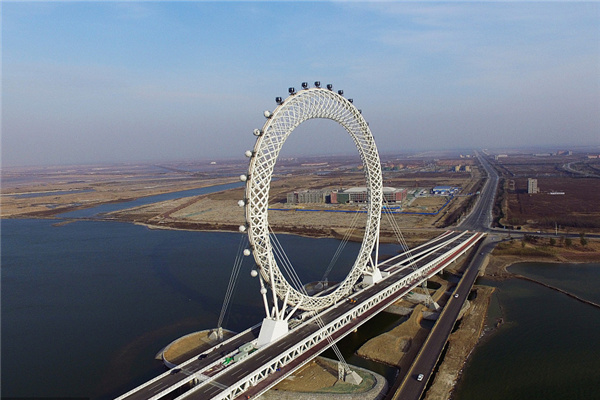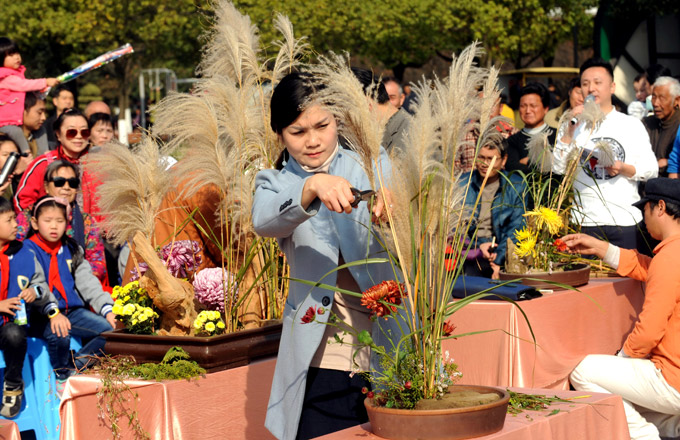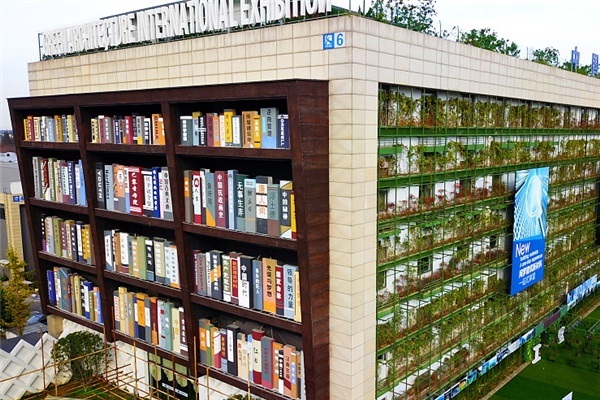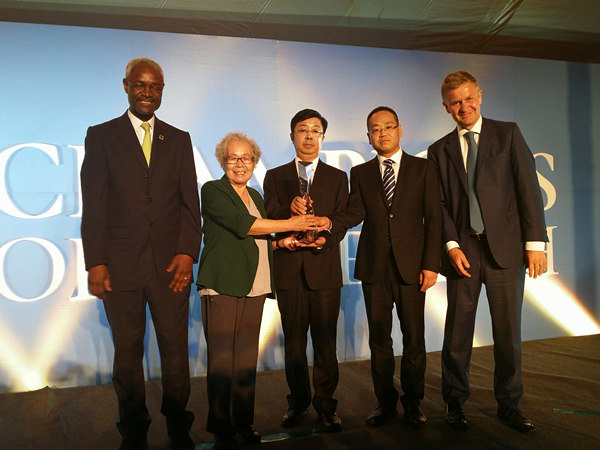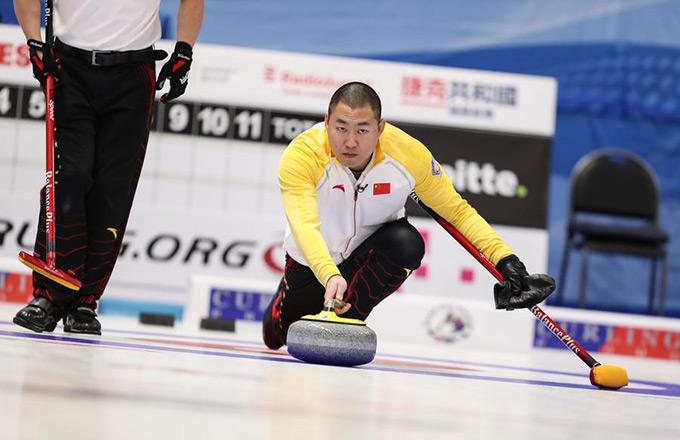

These people begin a day's work on small boats when the sun rises, expecting another bumper harvest the coming year - not of corn or wheat, but glimmering pearls.
Weitang, a small town near Suzhou, a city not far from Shanghai famous for its water lanes, ancient gardens and calm lakes, is offering increasing wealth to its local people.
It is the birthplace of the Chinese freshwater pearl and the location of China's first pearl trading center. Hundreds of thousands of businesspeople and pearl lovers go on sourcing trips to the small town every year.
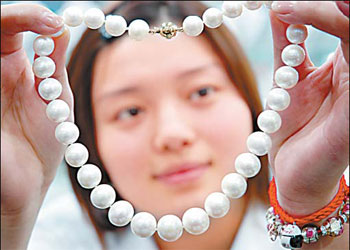
Over 1,000 local families breed freshwater pearls in 200,000 mu (13,333 hectares) of water in Jiangsu province. Another 200,000 mu of lakes are used for pearl breading by Weitang residents in neighboring provinces including Jiangxi, Hunan and Hubei.
The combined areas comprise over 40 percent of China's total freshwater pearl breading waters, according to Gao Yuyu, an official of the Weitang Township Administrative Committee.
A legend says that there were no pearls in the Taihu area thousands of years ago. Xishi, a famous beauty in the Spring and Autumn Period (770-476 BC) then dropped her pearl bracelet into a lake in Weitang. It was given the name Pearl Lake, and from that time on, the legend says it offered big, pure and bright pearls to local people.
Actual research and development of pearl breading techniques in the Taihu area started in the mid-1960s. After three years of effort, breeders succeeded in culturing freshwater pearls.
Weitang, widely covered by lakes and rivers with ideal water for growing pearls, became a center of the effort.
The Pearl Lake area now produces not only pearls, but also jewelry, crafts, healthcare products and traditional Chinese medicine, all using pearl as the material, Gao says.
In 1984, China's first pearl trading market opened in Weitang. It was expanded in 1995 and developed into a modern facility called China Pearl City.
The building covers 60,000 sq m, with a 16,000-sq-m trading hall, 18,000 sq m in work sites and 20,000 sq m for hotel rooms.
More than 50 jewelry firms from Hong Kong have opened counters at the market, while about 2,000 local families are engaged in pearl trading.
According to the town's statistics, more than 10,000 people work at the center, where about 8,000 tons of pearls are traded annually.
Last year, over 1 billion yuan worth of pearls were shipped from Weitang to other parts of the country and across the world, accounting for two-thirds of the total freshwater pearl trading in China, Gao says.
Thousands of people - many from East China, Russia, Britain, France, India, South Korea and Japan - visit the market every day and leave with bags of pearls or purchase orders.
Pearl City gained fame when it hosted the first international pearl auction on the mainland in February 2006, when about 700 pearl traders from 10 countries and regions bid on 500 kg of high-quality pearls. The three-day event yielded purchases valued at $8.9 million.
A new building for international pearl and jade trading is now under construction on the shores of Pearl Lake. The facility will go into operation in the coming summer, providing 1,000 sales stands.
Building a museum to showcase the history of pearl culturing is also on the work agenda of Weitang, Gao says.
The museum will be designed in an ecological and natural style, with shells scattered on the lawn by the lake, and buildings and natural landscapes dotting the site. The museum is expected to be a landmark in the town and the venue for a China Pearl Festival.
Because pearl production and trading makes up an important part of Weitang's economy, the town's emphasis this year is also placed on updating its website design and developing Internet trading.
According to official statistics, Chinese freshwater pearl production accounts for 99 percent of the world's total.
Chinese pearls are sold after they are classified into grades, with the price set according each class. Business people from Hong Kong and foreign countries then buy in Weitang at low prices and use pearls in expensive jewelry.
Gao said the town plans to develop cooperation with internationally influential jewelry designers to provide added value for the local harvest.
Large international auctions and exhibitions will also be held to increase the popularity of Weitang freshwater pearls on the world market. A competition for pearl jewelry design will be held during the second Suzhou Chinese Pearl Festival this year, he says.
(China Daily 02/25/2008 page10)


